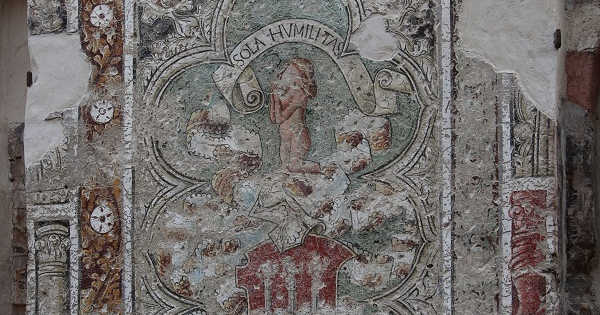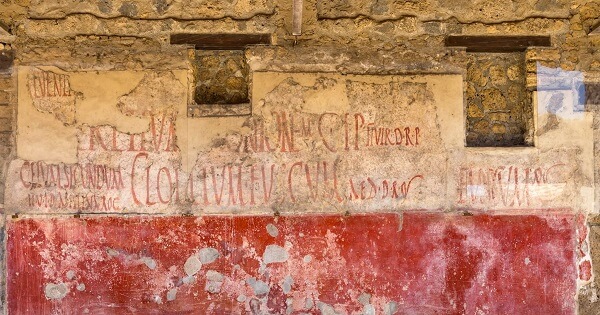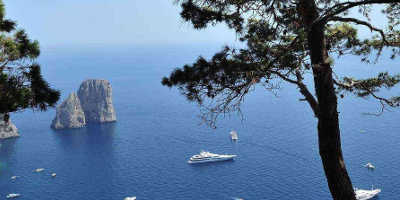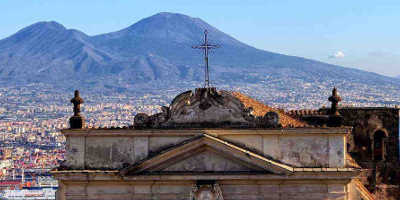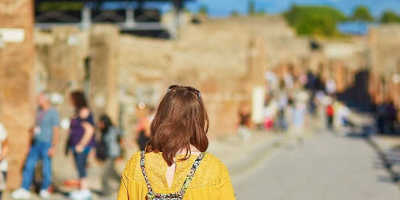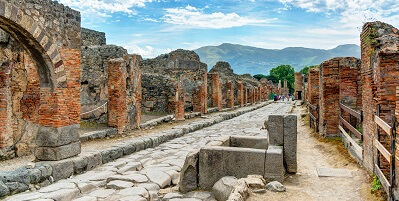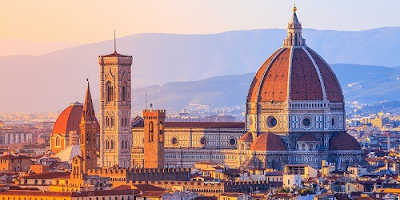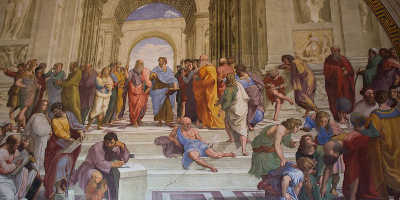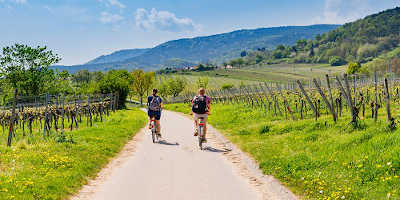What kinds of artefacts were found in Pompeii?
The ancient city was buried for decades, leaving behind a bucket load of artefacts for us to marvel at. From food, artwork and personal possessions, find out more below!
The ancient city was buried for decades, leaving behind a bucket load of artefacts for us to marvel at. Before its disastrous end, Pompeii was a thriving city known for its lavish style. Houses were decorated beautifully, as were the people, blending art into all aspects of their life. After being buried in ash and debris, these artefacts of the city remained, giving us a better understanding of the people thousands of years after their time.
-
Jewellery
Back in the day, the people of Pompeii saw jewellery as a status item, with the more you had, the higher your status became. This was due to the extreme expense for these ancient objects, with the only wealthy citizens able to afford them. Jewellery artefacts have been a common discovery within Pompeii’s ruins, with archaeologists finding skeletons with bracelets still attached, or even gripping pieces of jewellery in desperation. However, out of all the people found with jewellery, a large majority were men, with only one in ten women found with items. This was due to a large portion of them being slaves, and not being wealthy enough. Yet, there are some slave girls who were found with snake bracelets with the words; “Dominus ancillae sure” which translates to the master to his slave girl. The Jewellery worn was typically gold, with a few gemstones and pearls depending on the piece.
-
Artworks
The main artwork found within Pompeii are frescos, which was the most common painting style at the time. Frescos were paintings that were done straight onto the wall, using plaster and water-based pigments to create a long-lasting piece. A lot of these pieces have given us a greater understanding of the people of Pompeii, particularly showing the comfortability they had concerning their sexual desires. Brothels were filled with erotic frescos marketing the services and positions available as well as private homes with frescos depicting sensual occurrences between the gods. In October 2018 a large garden fresco was also discovered. On a 16-by-12-foot room containing an altar, a garden, and a small pool the fresco was slowly uncovered revealing an unusual design of different beasts, along with a man with the head of a dog, thought to be inspired by the Egyptian god Anubis. What’s stumped scholars, however, is that such an illusionistic design has been found in a shrine. No other place of worship has this kind of decorative design covering its walls.
-
Graffiti
Graffiti is not just a modern trend nowadays, with thousands of graffiti tags found in the city’s ruins. With public vandalism, advertisements, and even erotic graffiti making an appearance. A large amount of Pompeii’s graffiti is simply an inscription of a name which is still topical today. The oldest known graffiti also happens to be amongst the simplest; ‘Gaius Pumidius Diphilus was here’, along with a time stamp which historians have dates to October 3, 78 BC. It’s almost humorous in its child-like simplicity with humans sketching, etching and writing ‘so-and-so was here’ on public spaces for millennia. It’s a classic in the graffiti world. It is the commonplace nature of these inscriptions however that make them so historically valuable. They also remind us that these artefacts were once, living, breathing people like ourselves. Like most of the site, the fact that the graffiti can be read at all is part-tragedy, part-miracle.
-
Food
Food remnants are one of the most unique findings in Pompeii. They helped tell us what types of food these citizens ate, a really useful insight into how the Romans lived. One of the most fascinating discoveries was a giraffe bone, which illustrated how the wealthy people of Pompeii sought after the most exotic food for their dinners made possible by imports from far-flung areas. Another enthralling find was the discovery of several carbonised loaves of bread preserved, preserved in charcoal, looking as if they just came out of the oven. Along with these, whole eggs, fruit, nuts and fish bones have also been found, indicating the varied diet the people of Pompeii had. What’s been highly notable and unexpected is just how healthy this diet was for people of that time, which was made possible by their convenient location to the ocean and the volcanic earth making the soil very fertile.
-
Skeletons
During the eruption in 79 A. D., the people were burnt alive by the scorching volcanic gas and were covered in a thick layer of compacted ash and dirt. While their physical bodies decayed over time, the compressed ash remains, have formed moulds, giving a life-like appearance to the bodily remains. When archaeologist realised this they sought to conserve what was left by encasing them in plaster casts. This was thanks to Italian archaeologists Giuseppe Fiorelli, whose idea it was to inject the remains with plaster, an innovative tool that is still used today. Again, some of these remains can be very upsetting as they show the final moments of Mount Vesuvius’s victims. More recently a young child was found, thought to be hiding in the public baths in an attempt to avoid the destruction. His age has been estimated at 7-8 years old.
These are just a few of the artefacts that have been found at the UNESCO Heritage Site.
Related article: How did the ancient Pompeii Decorate?


